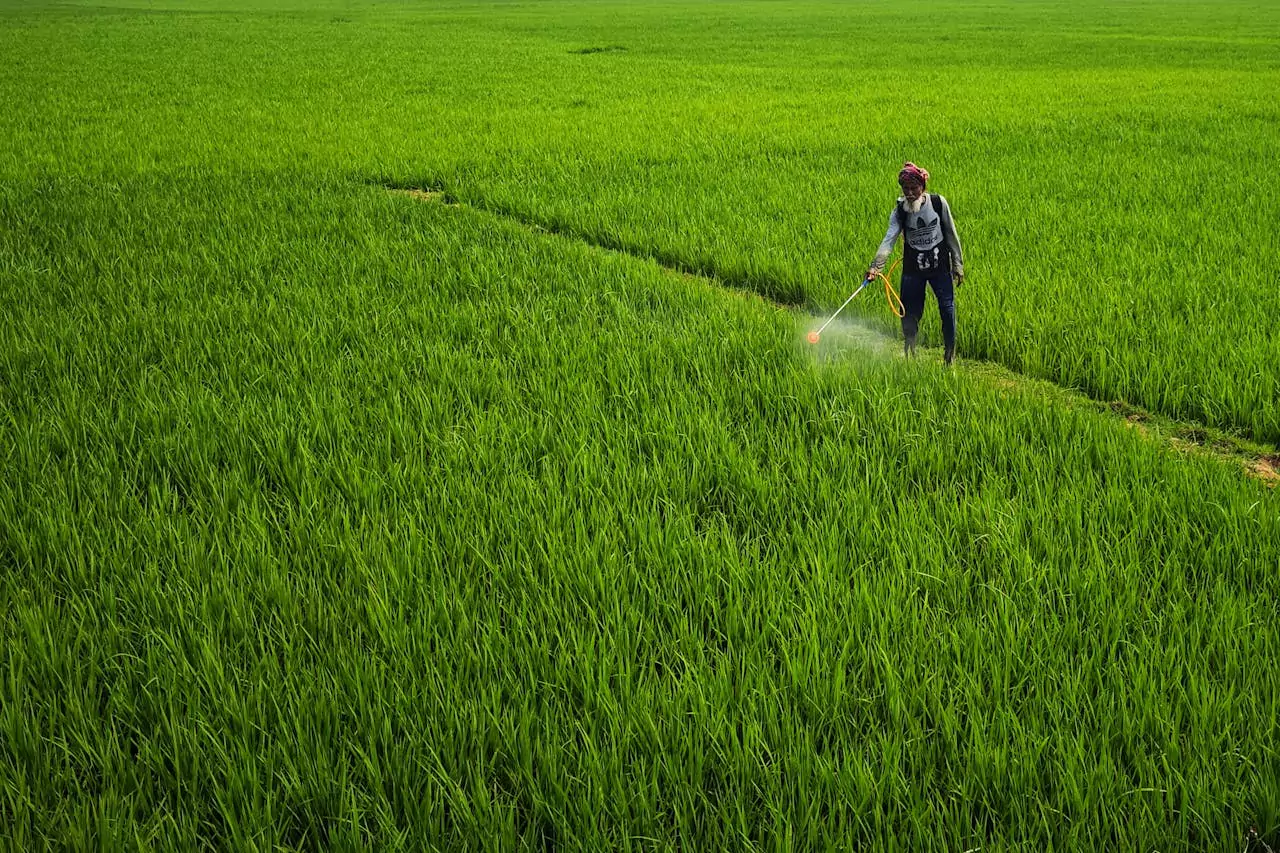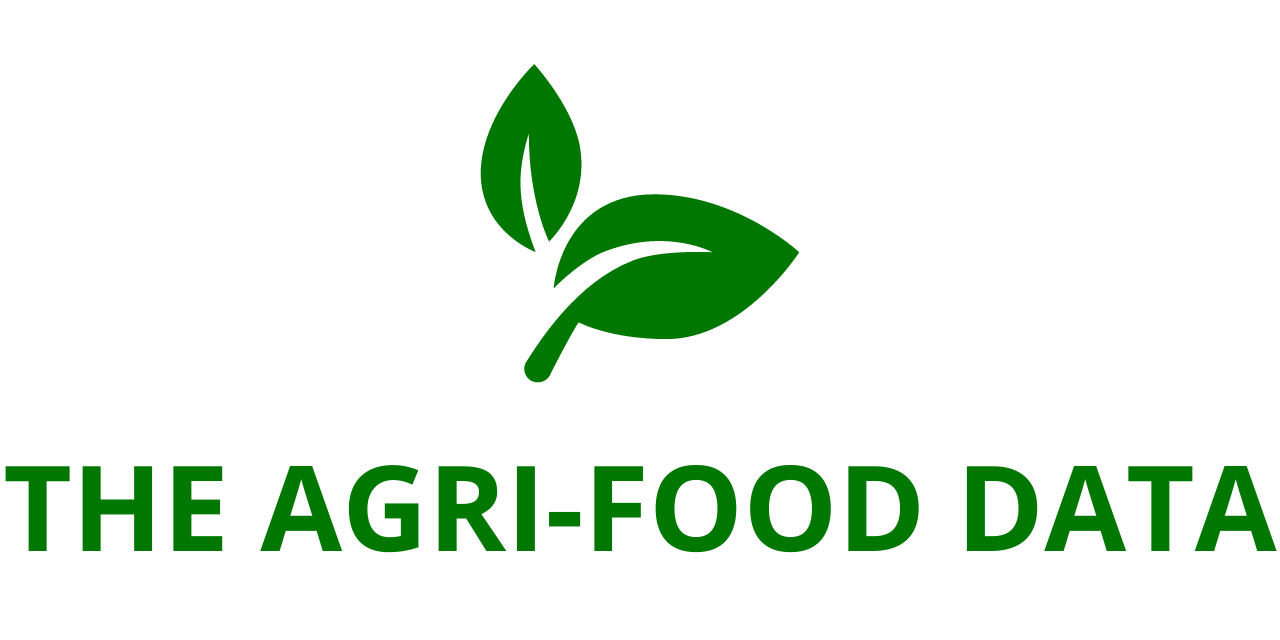
The Indian fertilizer market is poised for significant growth in the coming years, driven by a combination of government support, increasing agricultural demand, and a shift towards sustainable farming practices. The recently released report, “India Fertilizer Market and Volume Forecast Report by Sector, States, Company Analysis 2025-2033,” provides a comprehensive analysis of these trends. According to the report, the market in India is expected to grow from US$ 43.54 billion in 2024 to reach US$ 74.06 billion by 2033, reflecting a Compound Annual Growth Rate (CAGR) of 6.08% from 2025 to 2033.
Factors Driving Growth in the Indian Fertilizer Market
Government Subsidies and Support
One of the primary drivers of growth in the Indian fertilizer market is the substantial subsidies provided by the government. These subsidies help make such as urea, Diammonium Phosphate (DAP), and Nitrogen-Phosphorus-Potassium (NPK) more affordable for farmers. The Indian government has implemented several initiatives, such as the nutrient-based subsidy (NBS) scheme and soil health management programs, to ensure the efficient and balanced use of . These measures are aimed at enhancing agricultural productivity, particularly for staple crops like rice and wheat, thereby contributing to the overall expansion of the market.
Increasing Agricultural Demand and Productivity Needs
India’s rapidly growing population, expected to reach 1.5 billion by the end of this decade and peak at 1.7 billion by 2064, is significantly driving the demand for agricultural products. The need to produce sufficient food grains, fruits, and vegetables to meet domestic consumption and export demands has intensified the necessity for ertilizers. Changing cropping patterns, the adoption of high-yield varieties, and the need to maintain soil fertility are all contributing to the increasing use of. Key agricultural states such as Punjab, Uttar Pradesh, and Maharashtra are particularly crucial in this regard, given their substantial contribution to the national food supply.
Growing Awareness of Sustainable Agriculture
With growing awareness of the environmental impact of chemical fertilizers, there is a noticeable shift towards sustainable agricultural practices. The increasing use of bio-fertilizers, organic , and integrated nutrient management techniques is indicative of this trend. The Indian government is actively promoting balanced and encouraging farmers to adopt environmentally friendly alternatives alongside conventional This transition is expected to support the long-term growth of the fertilizer market while ensuring soil health and sustainable farming practices.

Challenges Facing the Indian Fertilizer Market
Excessive Use of Chemical Fertilizers
One of the critical challenges facing the Indian fertilizer market is the overuse of chemical , which has led to soil degradation and long-term environmental damage. The excessive application of nitrogen, phosphorus, and potassium-based has resulted in nutrient imbalances, reduced soil organic matter, and contamination of water resources. This over-reliance on chemical fertilizers not only impacts soil fertility but also necessitates the increasing use of external inputs, creating a cycle of dependency. The government is advocating for balanced fertilization strategies and the incorporation of organic and bio-fertilizers to restore soil health and promote sustainable agriculture.
Rising Fertilizer Prices and Supply Chain Issues
Despite government subsidies, the rising cost of raw materials and poses a significant challenge for farmers, particularly small-scale ones. Fluctuations in global prices, supply chain disruptions, and logistical inefficiencies further exacerbate the issue. Additionally, distribution in remote areas remains a challenge, leading to delays in availability during critical farming seasons. These factors hinder timely fertilizer application, negatively impacting crop yields and overall agricultural productivity. The Indian government is working to address these challenges by ensuring a steady supply of and managing price fluctuations through policy interventions.
Key Segments in the Indian Fertilizer Market
Urea Fertilizers: Market and Volume Leader
Urea fertilizers are expected to maintain their dominance in the Indian fertilizer market due to their role as a primary nitrogen source essential for crop growth. India’s nitrogen-deficient soils necessitate the widespread use of urea to boost agricultural yields. Government subsidies on urea further enhance its affordability, making it the most extensively used in the country. The ease of application and compatibility with various crops contribute to its continued preference among Indian farmers. Given the focus on food security and agricultural sustainability, urea is likely to retain its position as the most significant segment in the Indian market.
The Role of Cooperative Societies in Fertilizer Distribution
The cooperative sector is expected to play a pivotal role in the Indian fertilizer market, particularly in ensuring efficient distribution to farmers. Cooperatives leverage their extensive networks to reach rural areas, providing at subsidized rates and facilitating access for small and marginal farmers. Additionally, these cooperatives offer extension services and farmer education programs, enhancing their credibility and trustworthiness. With continued government support, cooperative societies are well-positioned to remain a dominant force in the Indian fertilizer market.






